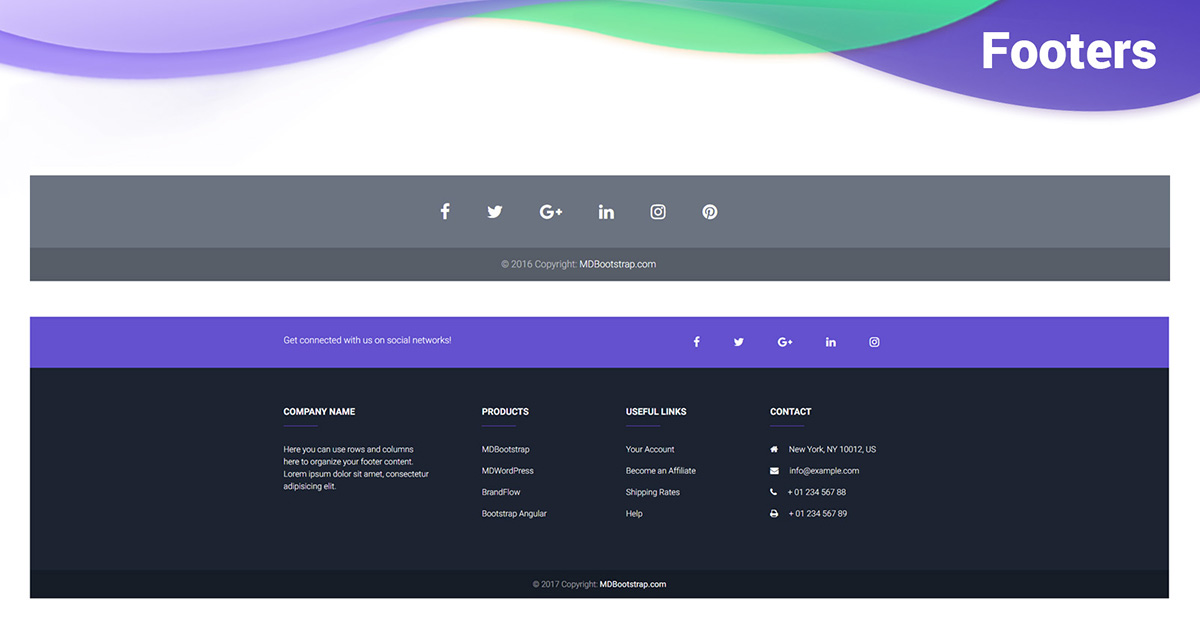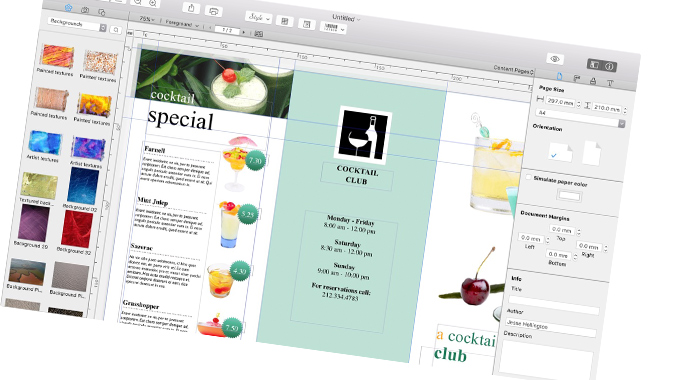

- SWIFT RESPONSIVE LAYOUT LABELS HOW TO
- SWIFT RESPONSIVE LAYOUT LABELS UPDATE
- SWIFT RESPONSIVE LAYOUT LABELS ANDROID
- SWIFT RESPONSIVE LAYOUT LABELS CODE
Padding-bottom: calc(var(-safe-area-inset-bottom) + 20px) Padding-right: var(-safe-area-inset-right) Our HTML Editor allows you to customize your in-app messages using HTML, CSS, and Javascript. For non-technical users, the existing drag-and-drop editor will be a better fit. This new HTML editor is meant for users who are fluent in HTML and CSS to create mobile-responsive in-app messages.
Fonts: Add any font to align with your branding. Device Responsiveness: Design for portrait, landscape and different device sizes. Media: Embed videos, animations, and other forms of media such as slide decks. A few things you can now do by using in-app HTML: You now have complete control over the look and feel of your full-screen in-app messages, and the power to create in-app messages that are a seamless extension of your app. Our HTML editor allows for a fully customizable in-app messaging experience. In order to design your in-app message we provide two editor experiences: Our Drag and Drop GUI and our new HTML Editor. SWIFT RESPONSIVE LAYOUT LABELS CODE
Image illustrating code in-app code beside a rendered in-app
SWIFT RESPONSIVE LAYOUT LABELS HOW TO
How to improve email deliverability and lower bounce rate?.Webhooks & Why Email Stats Not Detected?.Clearing Cache and Resetting Push Permissions.
SWIFT RESPONSIVE LAYOUT LABELS UPDATE
How to Create and Update iOS Live Activities. Using SMS as a Fallback Option for Push Notifications. Email Acceptable Use Policy & Code of Conduct. Unsubscribe Links & Email Subscriptions. Example: Trigger In-App Message after closing an In-App Message. Example: Trigger In-App Message from Push Open. SWIFT RESPONSIVE LAYOUT LABELS ANDROID
Example: Target Certain Android Manufacturers and Devices. How to Prompt for Push Permissions with In-App Messages. Design In-App Messages with Drag and Drop. iOS: Focus Modes and Interruption Levels. 
.png) Android: Notification Channel Categories. Android 13 Push Notification Developer Update Guide. Bulk Updating User Attributes or Data Tags. How to Add and Edit User Attributes or Data Tags. Next, you layout the grid by using LazyVGrid and ScrollView. Here is a code snippet for describing a 3-column grid: private var threeColumnGrid = Including, how many columns the grid should have. For example, here is an array of SF symbols that we are going to present in the demo app: private var symbols = Ĭreate an array of type GridItem that describes what the grid will look like. To create a grid layout, whether it's horizontal or vertical, here are the steps you follow:įirst, you need to prepare the raw data for presentation in the grid. Sample grid layouts The Essential of Grid Layout in SwiftUI After you manage the basics, we will dive a little bit deeper and create complex layouts like that shown in figure 1. We will also see how to vary the size of grid items to achieve different layouts. Both LazyVGrid and LazyHGrid are designed to be flexible, so that developers can easily create various types of grid layouts. In this chapter, I will walk you through how to create both horizontal and vertical views. What this means to you is that the performance of these grid views are already optimized by default. The word Lazy, as mentioned by Apple, refers to the grid view not creating items until they are needed. One is for creating vertical grids and the other is for horizontal grids. SwiftUI now provides developers two new UI components called LazyVGrid and LazyHGrid. One of them is to address the need for grid views.
Android: Notification Channel Categories. Android 13 Push Notification Developer Update Guide. Bulk Updating User Attributes or Data Tags. How to Add and Edit User Attributes or Data Tags. Next, you layout the grid by using LazyVGrid and ScrollView. Here is a code snippet for describing a 3-column grid: private var threeColumnGrid = Including, how many columns the grid should have. For example, here is an array of SF symbols that we are going to present in the demo app: private var symbols = Ĭreate an array of type GridItem that describes what the grid will look like. To create a grid layout, whether it's horizontal or vertical, here are the steps you follow:įirst, you need to prepare the raw data for presentation in the grid. Sample grid layouts The Essential of Grid Layout in SwiftUI After you manage the basics, we will dive a little bit deeper and create complex layouts like that shown in figure 1. We will also see how to vary the size of grid items to achieve different layouts. Both LazyVGrid and LazyHGrid are designed to be flexible, so that developers can easily create various types of grid layouts. In this chapter, I will walk you through how to create both horizontal and vertical views. What this means to you is that the performance of these grid views are already optimized by default. The word Lazy, as mentioned by Apple, refers to the grid view not creating items until they are needed. One is for creating vertical grids and the other is for horizontal grids. SwiftUI now provides developers two new UI components called LazyVGrid and LazyHGrid. One of them is to address the need for grid views. 
In WWDC 2020, Apple introduced tons of new features for the SwiftUI framework. You can either build your own solution or use third party libraries. The initial release of SwiftUI didn't come with a native collection view. Building Grid Layouts Using LazyVGrid and LazyHGrid




.png)



 0 kommentar(er)
0 kommentar(er)
